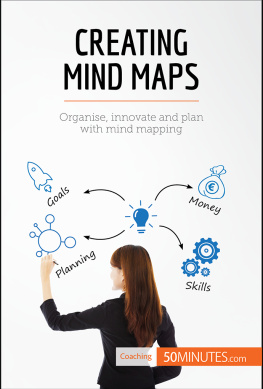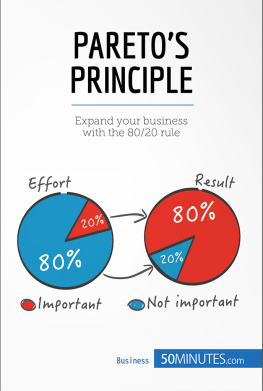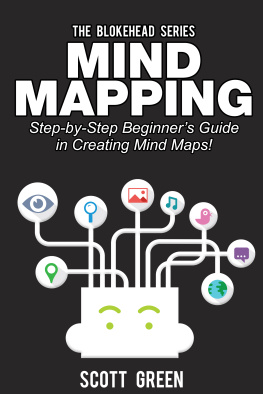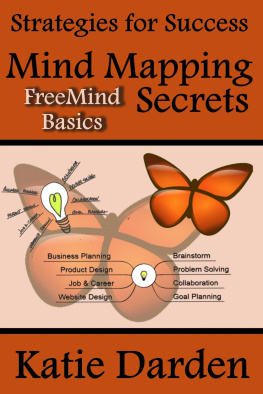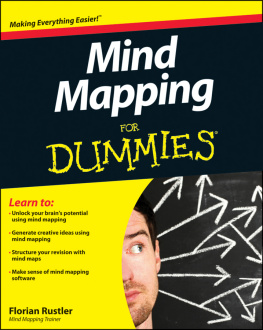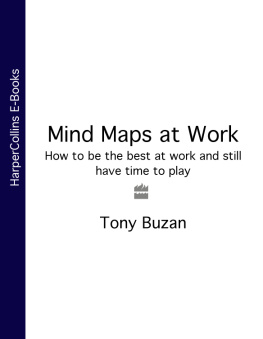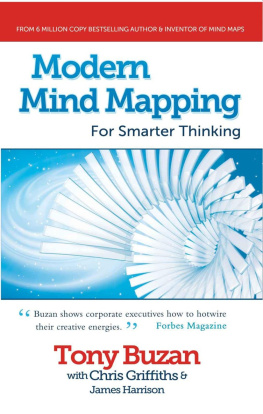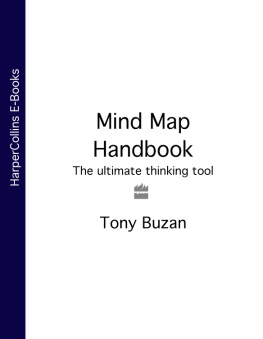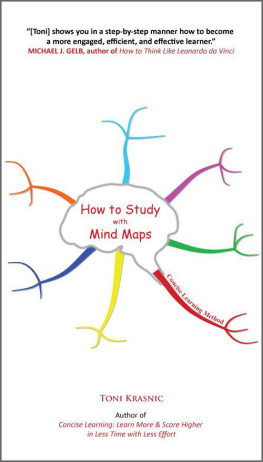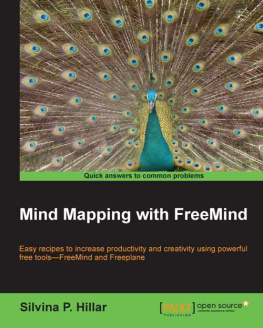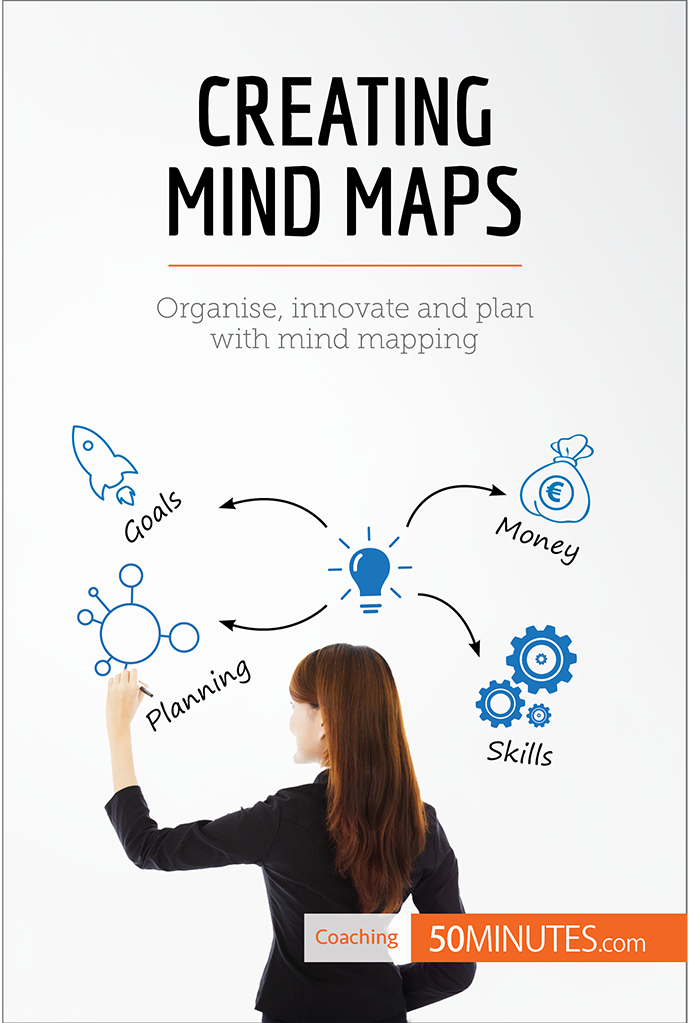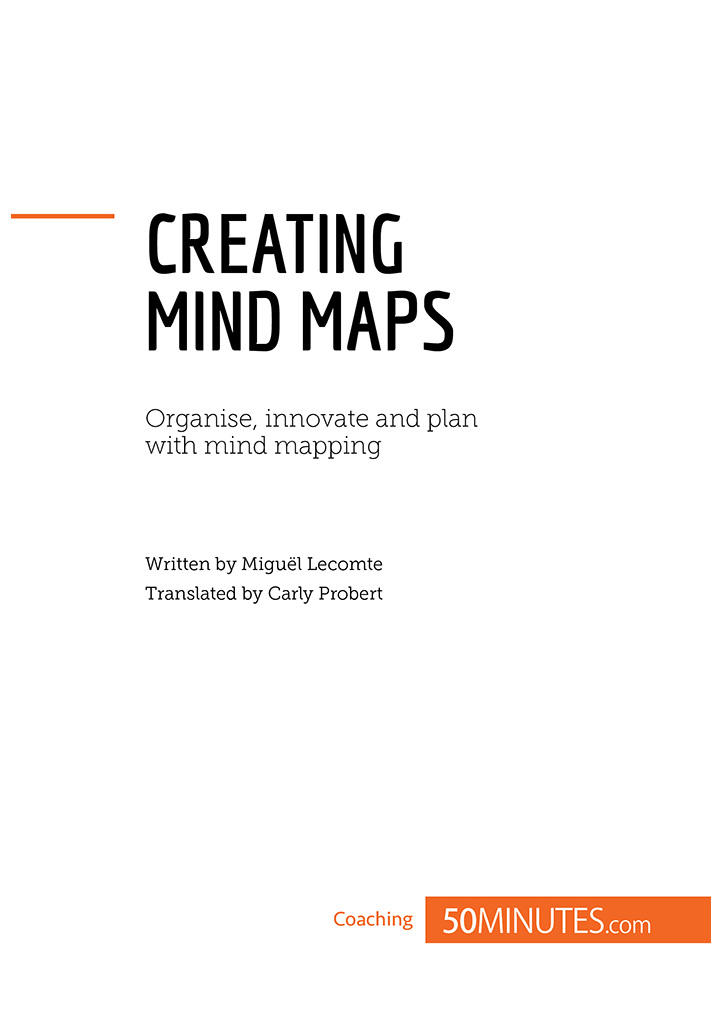The power of mind maps
- Problem: The human mind is complex and clear thinking is not always obvious when there are many factors to take into account; therefore, why and how can we use mind mapping to structure our thoughts?
- Uses: By creating a mind map, you can quickly get ideas down on paper, while directly showing the links between each of the different elements.
- Professional context: Internal presentation or in front of a client, note-taking, brainstorming, project planning, innovation, etc.
- FAQs:
- Why is a mind map so original?
- Where do I start?
- Can I use a mind map to present a project?
- What are the major benefits of mind mapping?
- How can I read a mind map?
- Do I need to use software to map my ideas?
- Do I need advanced computer skills?
- Can mind mapping help me with my studies?
- Can a mind map really be used for any project?
Today, and in modern society, everyone should be able to adapt to the increasingly intense flow of information that assails us every day. Moreover, the requirements and constraints of managements, who expect us to operate at the speed at which data arrives, often leave us helpless in the face of a need to deal with things effectively and in record time.
This is where a technical drawing of how the human brain works comes in mind mapping. This allows users to synthesise and organise information by stimulating a debate, within both individual and collective work. In addition, it deviates from linear thinking, in favour of divergent thinking (the ability to consider many possibilities from a situation of an idea or problem).
In practice, mind mapping is used to achieve a visual tree of ideas, on paper or another medium, beginning with a central idea (the trunk) and adding related categories (branches) leading to other ideas. Following a process of mental associations, each group of ideas can be distinguished by a different colour, which visually makes the whole thing clearer, as well as more logical, attractive and structured. Accessories, such as arrows, caps, signs, drawings, annotations and other facilities can also complement your mind map.
The fields of application are also very diverse. You can use mind maps however you wish, according to your current concerns, whether in business (productivity, events, etc.) or at home (education, leisure, life in general, etc.). This powerful graphic process provides a universal key that is more suitable for unleashing the creative potential and logic of an individual, regardless of their intellectual or social level.
In a simple and affordable way, this book will open the doors of mind mapping, a valuable tool that draws from our two cerebral hemispheres during a brainstorming session on a particular topic.
Effective mind mapping: the basics
Definition
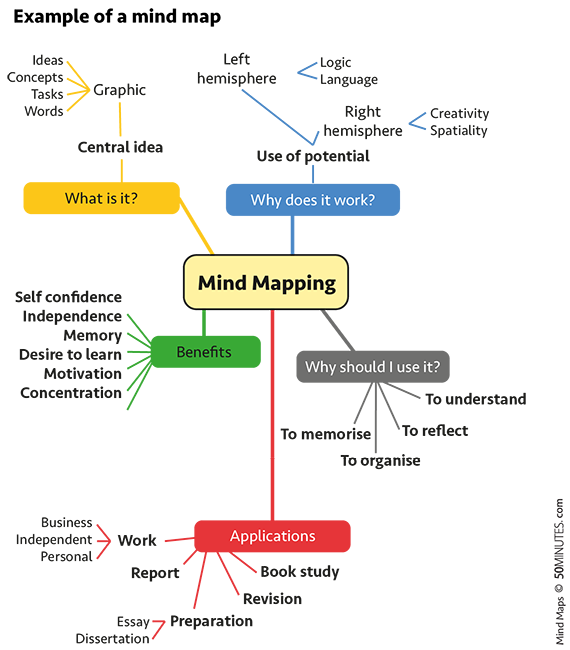
Mind mapping is a method, like a sales tool for capturing the associative thinking of the individual making the mind map. It becomes the mirror of what is happening in his brain: it reproduces a personal and unique vision by appealing to the imaginary language of the brain (keywords, images, colours, etc.).
Known as a mind map, cognitive mapping or concept mapping, this type of representation is a process combining words, pictograms and colours around a central goal: it takes the form of a tree. Connected to the core are ideas that revolve around the centre, like the branches of the tree.
Mind mapping at your service
Health, finance, work, relationships, events, history, geography, science, meetings, cooking all of these current life situations, whether personal or professional, may require the use of mind mapping.
In the professional world
Within a group, mind mapping itself is a simple and effective communication tool. It raises the level of relevance of the ideas and positions itself as an alternative method to linear presentations. It boosts creativity and incites productivity, as it allows for saving time and/or money through its clarity and simplicity. It is therefore actively involved in the development of companies that use it. The diversity of its use is unlimited, as you can adapt it to each individual case. For example, it can be used to:
- collaborate with colleagues, customers or partners;
- memorise a presentation or speech;
- write articles, reports, letters or specifications;
- organise and run projects or meetings;
- manage time by prioritising tasks and placing priority on certain ones;
- develop creativity, alone or when brainstorming in teams to solve a problem or anticipate the potential risks in a new situation;
- take notes during a conference, meeting, interview or when reading a book (feel free to combine mind mapping with traditional note-taking);
- communicate through training, a presentation or a speech.
Collaborating with others
Mind mapping is a method that is particularly suitable for everything related to creativity, and it is not uncommon for it to be applied during a brainstorming session between the employees in a company. This technique activates creativity and simplifies the production of ideas in a group. The dynamic interactions prompt a lot of ideas, while the method for organising, analysing and dissecting them, a second time around, removes as many lines of enquiry as possible.
Specifically, a working meeting of this type goes as follows:
- Divergent thinking (creative) phase.
- A group between 4 and 12 committed and motivated people with very different profiles is led by a facilitator whose role is to orchestrate, stimulate and direct participants, while taking note of ideas generated without censor or comment;
- Plurality is a source of inspiration and inventiveness; criticism is banned when stating raw ideas because every opinion has potential;
- Imagination and spontaneity are installed;
- Convergent thinking (critical) phase. Then, a bit like in rugby, you have to convert the try, get the ball in the net, turn ideas into solutions, and create new perfectible and realistic prospects for generating results. In the end, a limited number of ideas will be refined on a given subject, while a list of several others will be set aside for future analysis and development.
We can now better understand the use of mind mapping and its performance during a brainstorming session. In such meetings, sometimes you structure complex cases or challenging projects. Using a mind map makes this action simple and intuitive. Project management of all types will be easier and items will be structured to bring powerful collaboration options and promote success.
Quick tips
As part of a collaborative exchange and to maintain teamwork:
- Know that there are no bad ideas and that everything can be subject to further analysis;
- Calm the dominant participants, those who monopolise the exchanges, otherwise the meeting will soon become sterile;

